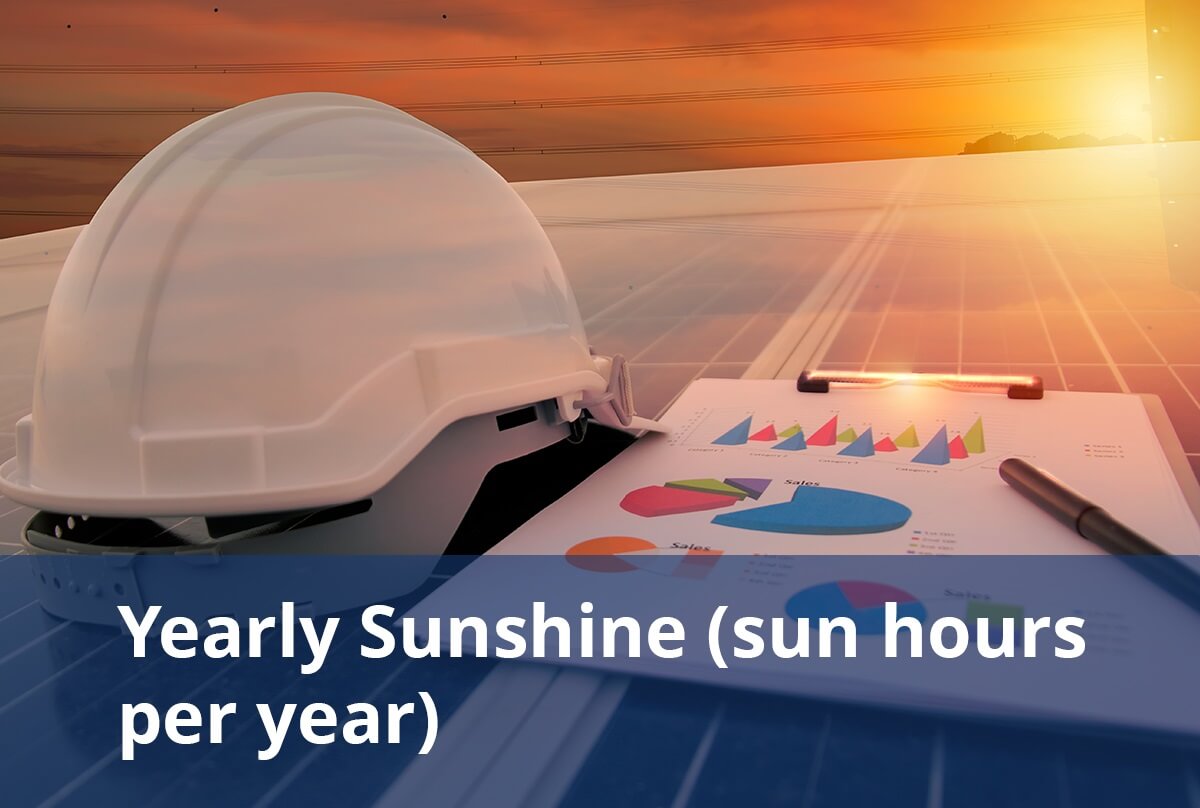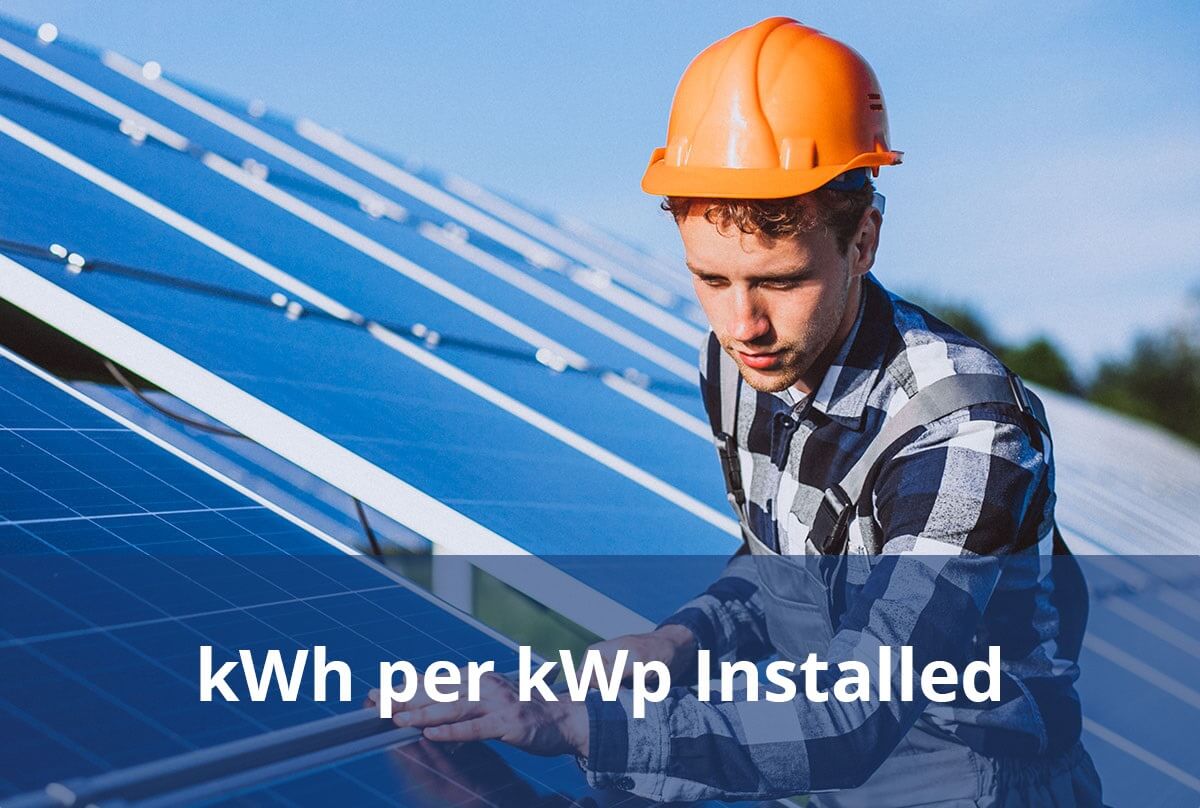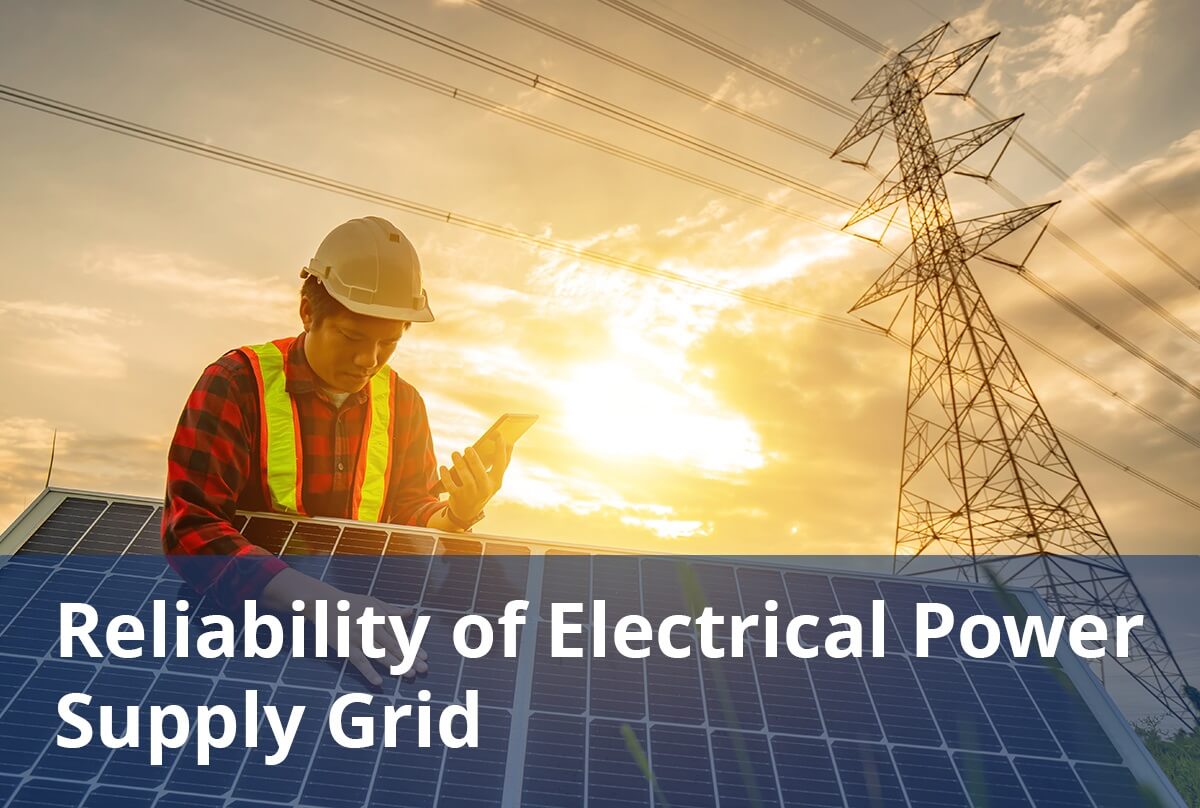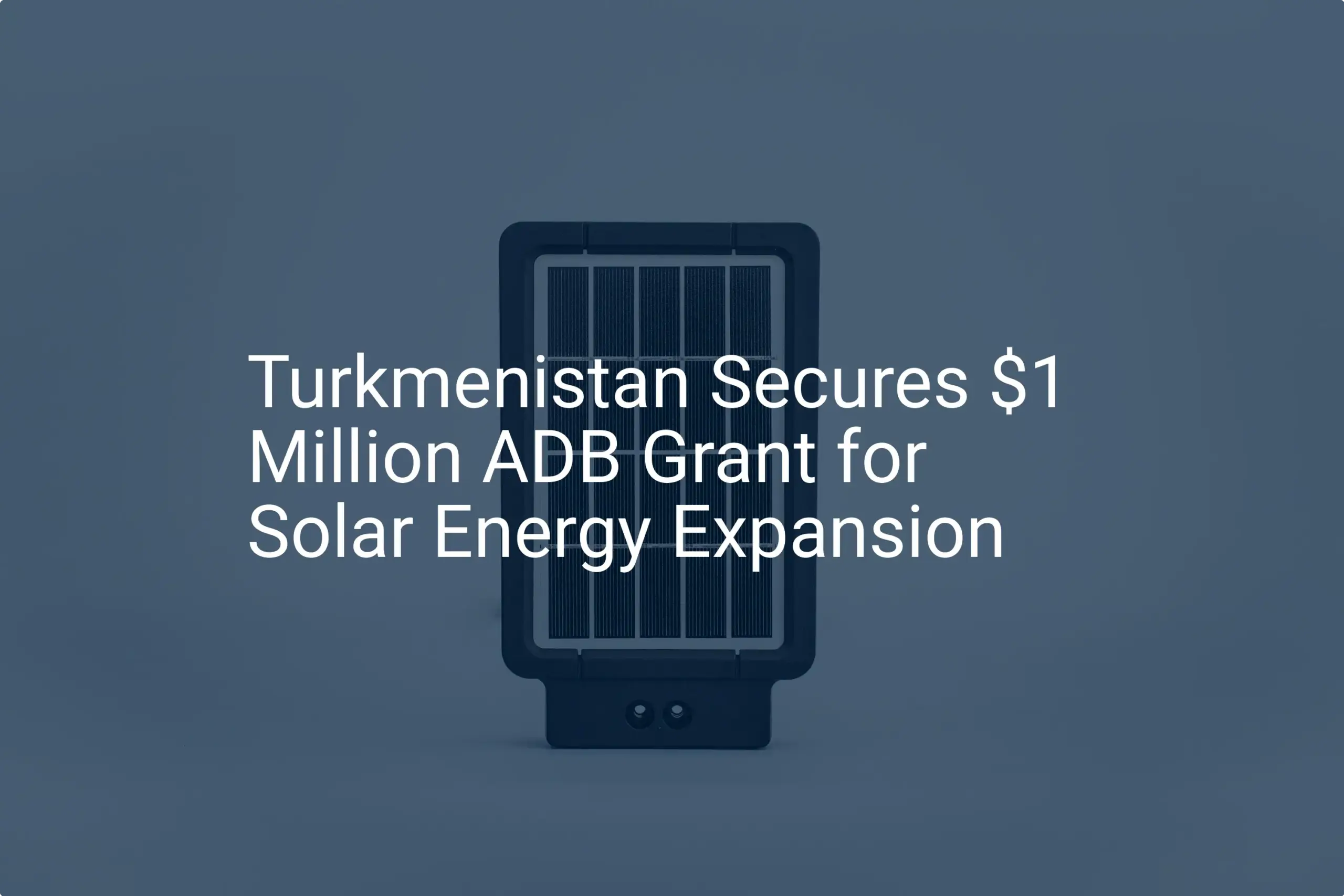Gain comprehensive insights into the statistics and metrics surrounding the solar production industry in Turkmenistan
- WorldData, (2023), the Climate in Turkmenistan, Retrieved on 28 January 2025 from https://www.worlddata.info/asia/turkmenistan/climate.php.
- SolarGis, (2021),Solar resource maps of Turkmenistan, Retrieved on 29 January 2025 from https://solargis.com/resources/free-maps-and-gis-data?locality=turkmenistan.
- Progress, (March 2023), Opinion: the price of highly subsidized utilities in Turkmenistan, Retrieved on 31 January 2025 from https://progres.online/economy/opinion-the-price-of-highly-subsidized-utilities-in-turkmenistan/#:~:text=Turkmenistan%20may%20be%20the%20only,kWh%2C%20or%200.007%20%24%2FkWh.
- Ceicdata, (2020), Turkmenistan TM: Residential Electricity Price: USD per kWh, Retrieved on 30 January 2025 from https://www.ceicdata.com/en/turkmenistan/environmental-environmental-policy-taxes-and-transfers-non-oecd-member-annual/tm-residential-electricity-price-usd-per-kwh.
- Ourworldindata, (2023), Turkmenistan: Energy Country Profile, Retrieved on 29 January 2025 from https://ourworldindata.org/energy/country/turkmenistan.
- United4efficiency, (2022), Turkmenistan Savings Policy Assessment Retrieved on 29 January 2025 from https://united4efficiency.org/country-assessments/turkmenistan/.
- IRENA, (2018), Regional Workshop on Policy Support Mechanisms in Central Asia, Retrieved on 28 January 2025 from https://www.irena.org/-/media/Files/IRENA/Agency/Presentations/Regional-focus/2018/Oct/6-Turkmenistan-country-presentation–Nurgeldi-Seytgeldiyev.pdf.
- PVmagazine, (November 2022), Turkmenistan to host first large scale solar plants, Retrieved on 2 February 2025 from https://www.pv-magazine.com/2022/11/24/turkmenistan-to-host-first-large-scale-solar-plants.
- UNDP, (2012), Renewable Energy Snapshot Turkmenistan, Retrieved on 30 January 2025 from https://www.undp.org/sites/g/files/zskgke326/files/migration/eurasia/Turkmenistan.pdf.
- IEA, (2022) , Where does Turkmenistan get its electricity? Retrieved on 30 January 2025 from https://www.iea.org/countries/turkmenistan/electricity.
- IRENA, (July 2024), RENEWABLE ENERGY STATISTICS 2024, Retrieved on 31 January 2025 from https://www.irena.org/Publications/2024/Jul/Renewable-energy-statistics-2024.
- ADB, (2020), CAREC ENERGY OUTLOOK 2030, Retrieved on 30 January 2025 from https://www.adb.org/sites/default/files/publication/850111/carec-energy-outlook-2030.pdf.
- Hronikatm, (2020), Turkmenistan:Electricity grids can’t handle the load, Retrieved on 2 February 2025 from https://www.hronikatm.com/2022/07/49-degree-heat-wave/.
- EDNews , (July 2020), Turkmen company installs solar panels in remote villages, Retrieved on 30 January 2025 from https://ednews.net/en/news/economy/434994-turkmen-company-installs-solar-panels-in-remote-villages.
- WorldSalaries, (2025),Average Solar Energy Installation Manager Salary in Turkmenistan for 2025, Retrieved on 30 January 2025 from https://worldsalaries.com/average-solar-energy-installation-manager-salary-in-turkmenistan/.
- WorldSalaries, (2025), Average Solar Photovoltaic Installer Salary in Asgabat, Turkmenistan for 2025, Retrieved on 30 January 2025 from https://worldsalaries.com/average-solar-photovoltaic-installer-salary-in-asgabat/turkmenistan/.
- Worldometer, (2025), Population of Turkmenistan, Retrieved on 29 January 2025 from https://www.worldometers.info/world-population/turkmenistan-population/.
- Ceicdata, (2020), Turkmenistan TM: Industry Electricity Price: USD per kWh, Retrieved on 30 January 2025 from https://www.ceicdata.com/en/turkmenistan/environmental-environmental-policy-taxes-and-transfers-non-oecd-member-annual/tm-industry-electricity-price-usd-per-kwh.
- Eurainstar, (January 2024), Water tariff doubles in Turkmenistan, Retrieved on 1 February 2025 from https://www.eurasianstar.com/water-tariff-doubles-in-turkmenistan/?amp=1.
- Statista, (2025), Insurances – Turkmenistan, Retrieved on 1 February 2025 from https://www.statista.com/outlook/fmo/insurances/turkmenistan.
- SECCA, (2023), ELECTRIC POWER INDUSTRY IN TURKMENISTAN ELECTRICITY PRODUCTION, Retrieved on 29 January 2025 from https://secca.eu/wp-content/uploads/2023/12/Session-1-3_Abdyrahman-Myratdurdyev-ENG.pdf.
- Minergo, (nd), Ministry of Energy of Turkmensitan, Retrieved on 30 January 2025 from https://www.minenergo.gov.tm/.
- OEC, (2022), Electricity in Turkmenistan, Retrieved on 29 January 2025 from https://oec.world/en/profile/bilateral-product/electricity/reporter/tkm.
- Minergo, (nd), «Türkmenenergo» state power corporation, Retrieved on 30 January 2025 from https://www.minenergo.gov.tm/karhanalar/turkmenenergo.
- Openinframap, (nd) , All 40 power plants in Turkmenistan, Retrieved on 30 January 2025 from https://openinframap.org/stats/area/Turkmenistan/plants.
- Gem.Wiki, (nd), Oil & Gas power stations in Turkmenistan, Electricity in turkmenistan, Retrieved on 30 January 2025 from https://www.gem.wiki/Category:Oil_%26_Gas_power_stations_in_Turkmenistan.
- Johncockerill, (nd), Mary Turkemenistan:1574 MW, retrieved on 28 January 2025 from https://johncockerill.com/wp-content/uploads/2020/04/John-Cockerill_Energy_HRSG_MARY.pdf.
- PowerTechnology, (October 2024), Power plant profile: Ahal Simple Cycle Power Plant, Turkmenistan Retrieved on 2 February 2025 from https://www.power-technology.com/data-insights/power-plant-profile-ahal-simple-cycle-power-plant-turkmenistan/.
- 29. Turkmenistan, (July 2019), Hindukush Power Station is 110 years old, Retrieved on 2 February 2025 from https://turkmenistan.gov.tm/en/post/13001/hindukush-power-station-is-110-years-old.
- Sinovoltaics, (nd), IEC certifications: IEC 61215, IEC 61646 and more explained, Retrieved on 4 February 2025 from https://sinovoltaics.com/learning-center/certifications/iec-certifications/.
- Mgz.com, (August 2024), Tax Benefits for Renewable Energy Investments in Turkmenistan, Retrieved on 4 February 2025 from https://mgz.com.tw/2024/08/20/tax-benefits-for-renewable-energy-investments-in-turkmenistan/.
- Newscentralasia, (January 2023), Turkmenistan Energy Outlook 2030, Retrieved on 4 February 2025 from https://www.newscentralasia.net/2023/01/24/turkmenistan-energy-outlook-2030-chapter-from-carec-report-part-four/.
- Minergo, (2023), The Ministry of Energy of Turkmenistan announces an international tender for the supply of equipment and materials, Retrieved on 4 February 2025 from https://www.minenergo.gov.tm/news_show/607.
- Turkmenistan, (January 2022), A unique “green” energy project, Retrieved on 2 February 2025 from https://www.turkmenistan.gov.tm/en/post/60380/unique-green-energy-project.
- PVmagazine, (October 2024),Taze Altyn Asyr Solar PV Park, Turkmenistan, Retrieved on 4 February 2025 from https://www.power-technology.com/marketdata/power-plant-profile-taze-altyn-asyr-solar-pv-park-turkmenistan/.










